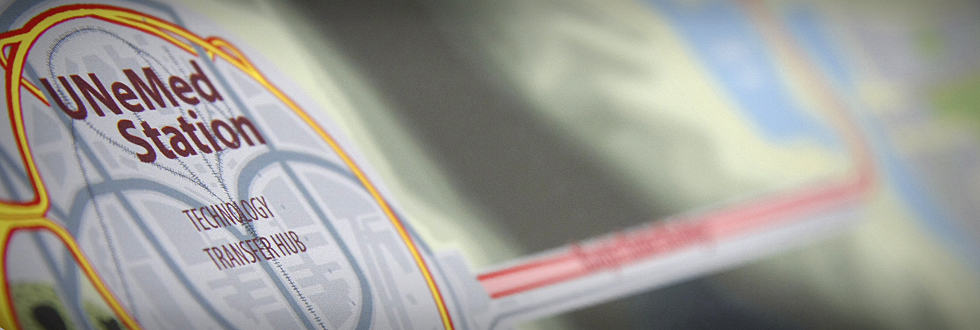
by Catherine Murari-Kanti, UNeMed | November 22, 2017
Part three of a series
Once an invention arrives in our inbox, our process begins and it is assigned to one of the licensing team members. They will set up a time to meet with the inventor and learn more about the innovation.
UNeMed will then search for “prior-art,” looking for evidence that the invention might already exist. If the invention was used in some other technology or was mentioned elsewhere, then it is not novel. .
UNeMed also performs “competing searches” that seek other inventions that perform the same job as the new invention.
Finally, market analysis and research then tells UNeMed staff what products are currently available, and what the market currently needs.
All of this information is presented to the Science and Technology Advisory Committee for a full review and discussion about the invention’s merits and potential. The committee will then discuss the best course of action for the technology and make a final recommendation.
Inventions with prior art are typically “closed” unless an inventor can find a new approach that makes the innovation novel. UNeMed clearly articulates all the reasons why an invention will be closed, ideally informing a new course of study for innovative researchers.
If an invention is not ready for commercialization then it is classified as “additional research needed.” UNeMed will discuss what additional needs will make the invention ready for protection and market success.
There are certain inventions where UNeMed seeks to know the market’s mind. This is when UNeMed moves the invention into “market” status. Marketing activities are done confidentially and industry feedback is recorded and shared with the inventor. This helps the inventor shape the innovation into something the market needs.
And then there are the novel, non-obvious and useful inventions. These are inventions and discoveries that didn’t have any prior art and there is a clear need on the market. When this happens, UNeMed takes all precautions to protect the invention, which includes filing patent applications or other forms of intellectual property. UNeMed will also start actively marketing the technology for market feedback and potential licensing partners who can fund further development.
This is part of a series of blog posts covering the many services UNeMed provides for faculty, students and staff at UNMC and UNO. Our next installment will dive a little deeper into exactly what happens when UNeMed receives a new invention notification. Here’s the full list of planned topics:

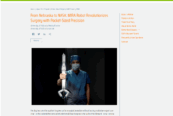
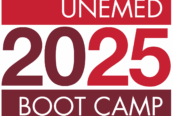
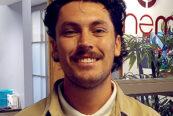


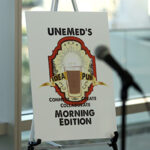
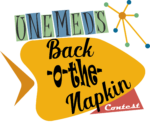
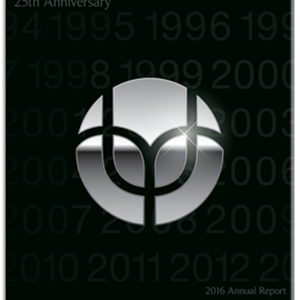
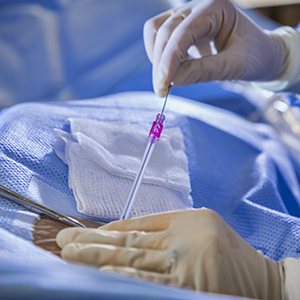


[…] Our Process […]
[…] Our Process […]
[…] Our Process […]
[…] Our Process […]